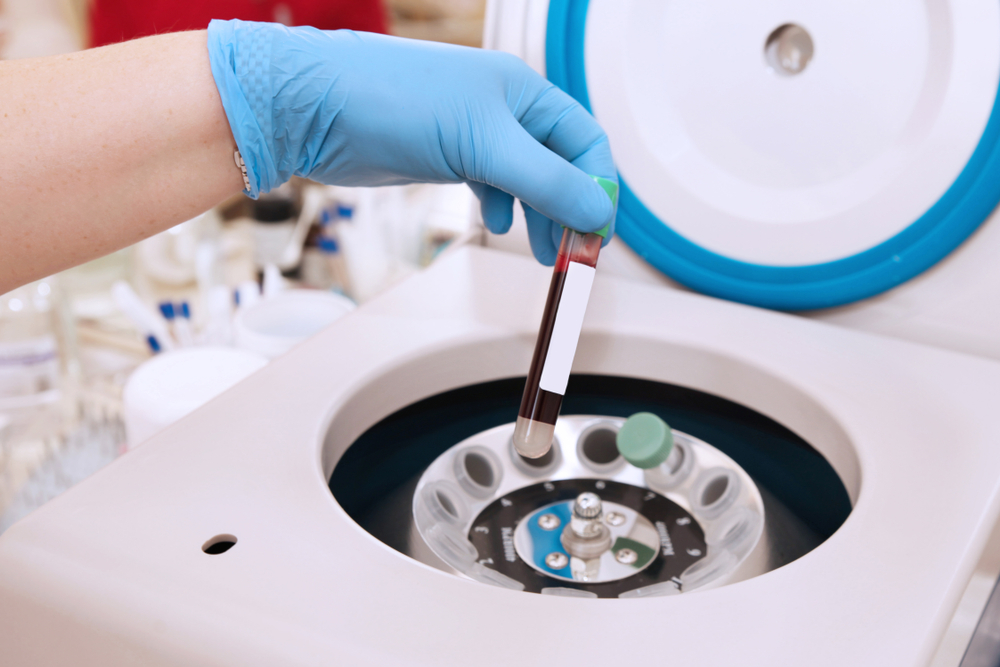Platelet Rich Plasma (PRP) therapy harnesses the body’s ability to heal itself. In recent years, Platelet Rich Plasma (PRP) has been used to channel the body’s natural capabilities to promotes tissue repair itself.
What is Platelet-Rich Plasma?
The liquid part of blood is called plasma, which is composed of water and proteins. It provides a way for red blood cells, white cells, and platelets to move smoothly and swiftly through the body.
Platelets – a type of blood cell – are solely responsible for blood clots and healing functions. Platelets contain hundreds of proteins called growth factors. These growth factors trigger cell growth, quick healing, and encourages tissue regeneration in the affected area.
Platelet-rich plasma is plasma that has a higher concentration of platelets than typical blood. This increases the concentration of growth factor – in fact, 3 times or more greater than usual.
How does PRP Therapy Work?
Studies show that by increasing the concentration of growth factors in PRP, the body can speed up the healing process. By injecting specific areas of inflammation or damaged tissue with high concentrations of platelets, wounds are encouraged to heal quickly.
PRP therapy can be performed in two ways:
- Platelet Rich Plasma is injected into the affected area of the joint. For join arthritis the cartilage is affected. PRP is injected in the joint to help reduce joint inflammation, this promotes tissue healing.
- Platelet Rich Plasma is injected into the affected area of the tendon and ligament. This to help reduce tendon and ligament inflammation, this promotes tissue healing.
The injection site may be tender and sore for 1-2 weeks after receiving the injection. It can take several weeks before the patient feels the full benefit of the treatment.
Blood samples are drawn from the person being treated and placed into a centrifuge, separating platelets from the other components in blood. This concentration of platelets is injected into the area being treated.
PRP for Arthritis Pain
The effectiveness of PRP therapy varies, because there are so many factors that determine the outcome. Influential factors include:
- The area of treatment
- The overall health of the patient
- Whether the affected area is acute or chronic
PRP therapy is most commonly used for knee, hip, shoulder and hand osteoarthritis. When treating OA with platelet-rich plasma, the PRP is injected directly into the affected joint. It is used to reduce pain, improve function and range of motion, as well as slow, damage to cartilage.
What To Expect
Preparing for PRP therapy
Because PRP therapy involves drawing blood, the patient needs to eat before the procedure to avoid dizziness and lightheadedness. Patients should tell their doctor about any medications or prescriptions they use on a regular basis specially blood thinners.
The Procedure
Blood is withdrawn from the patient, and then put in a centrifuge to separate the PRP from the rest of the blood cells. The doctor will then numb the area to be treated and carefully inject the PRP to the joint or the tendon affected. The platelets break down and release growth factors, promoting tissue healing and repair.
After Receiving PRP Therapy
The injection site may be sore for 7-10 days following the procedure and there may be some bruising. If the patient suffers from severe pain after the treatment, they should contact their doctor immediately. PRP therapy is effective for at 6-18 months, it depends on how the patient take care of themselves after the procedure. The procedure can be repeated once every 1-2 years to maintain the positive effects of the procedure.
Contact www.ArthritisVIP.com to see if you are a candidate for the procedure.

